As speakers (and readers) of the English Language, we are blessed with a number of great translations of the Bible. But that can make it overwhelming when it comes to selecting a Bible to read. Which Bible translation is best? How do I know which Bible to choose?
Which Bible Translation is best?
The Bible is an ancient book originally written in Hebrew, Aramaic and Greek; first translated into English in 1526. Translations from different languages, and even old English, can be difficult to understand and can often put people off. Yet it is also important that the translations are accurate.
The various Bible translations in English fit somewhere on the scale of literal word-for-word translations that are important for studying Scripture, and meaningful thought-for-thought translations that are easy to read and understand.
The following Bible Translation Guide and chart will help you to select which bible translation is right for you, your family or those you minister to.

Further Reading: How to Understand the Bible for Beginners
Which Bible Translation is most accurate?
As you can see from the chart above, scholars believe that The New American Standard Bible (NASB) is the most accurate word-for-word translation of the Bible from the original languages to English. The English Standard Version (ESV) is also considered an accurate translation. It is the version used in the church I attend and the one I use for Bible study. The New King James Version (NKJV) is also a popular choice for those looking for an accurate translation.
These versions are good for doing an in-depth Bible Study, Word Study or Topical Study.
This post contains affiliate links, which means that for each purchase made I receive a small contribution at no extra cost to you. For more information please see my policies page.
Which Bible Translation is easiest to read?
If you are looking for which Bible translation is best for reading and understanding then you would want to look at the Bible versions at the other end of the scale. The New Living Translation (NLT) is one of the most popular translations and one of the best Bible versions for beginners. The Contemporary English Version (CEV) is also very easy to read and is often used for children’s or youth Bibles. The Message and The Passion Translation are paraphrases rather than translations, so are not really recommended for Bible study or as the only Bible you should read, but it may be helpful during your devotion.
Which Bible Translation Should I use?
Now we come to the big question: Which Bible should I buy? As we have seen there are a number of translations to choose from and your decision will depend on a number of factors including accuracy and readability as well as your personal preference, what Bible version you are familiar with, and which Bible is used in your church or Bible Study group. So, here’s a couple more for you to consider, which are both in the middle of the scale. The New International Version was the translation used in the church I grew up in and I used until recently. The Christian Standard Bible is a fairly new translation which aims to balance accuracy with readability. I often turn to this version when I want more clarity of meaning or want to explain a passage to someone.
Which Bible Translation is best for you?
Do you have a Bible translation that you prefer or maybe you have a couple that you refer to?
If you are unsure about which is the best Bible versions for you then you can check out different translation on Bible websites like biblegateway.com and compare the readability. If you find one of the more accurate translations like the ESV easy to understand then this might be the version for you!
Find the right Bible for you here:
Best Study Bibles for Women
13 of the Best Journaling Bibles
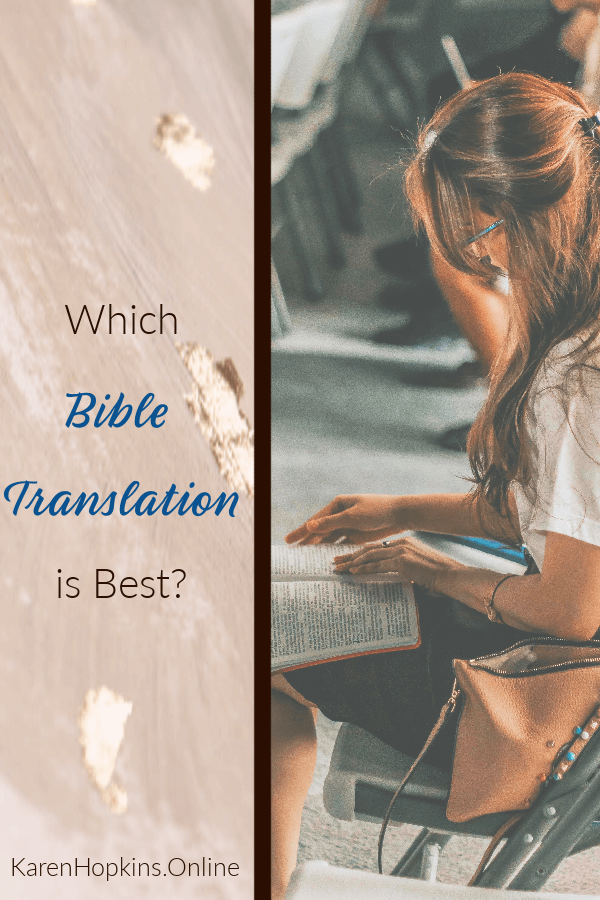












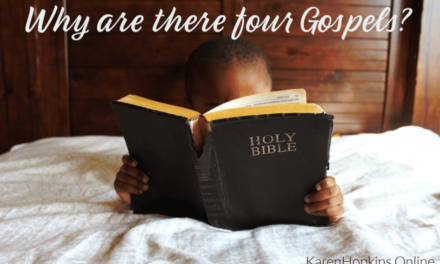


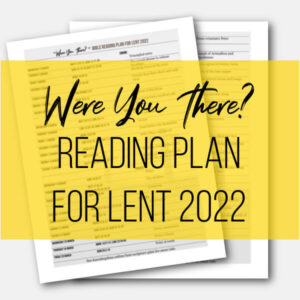
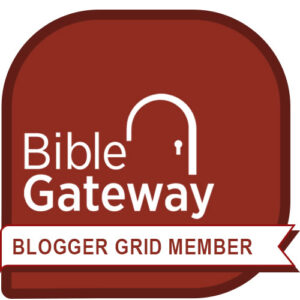
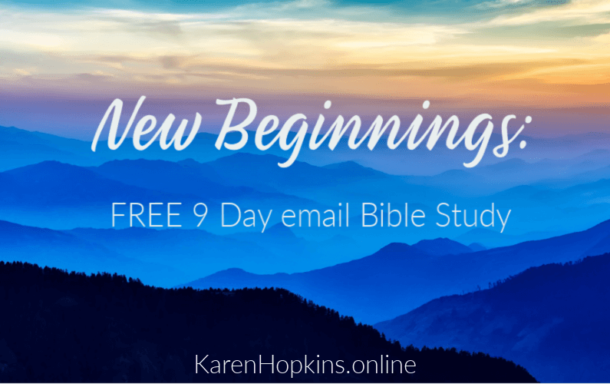
I use NIV for general reading, but I have a NKJV Bible for studying. I have been want to get the NASB or ESV version for in-depth Bible study. Oh, I have the NKJV version for Bible journaling.
I’ve been to a few Bible Journaling ‘craft days’ but I don’t think I’m creative enough to do it on my own! I love looking at other people’s though.